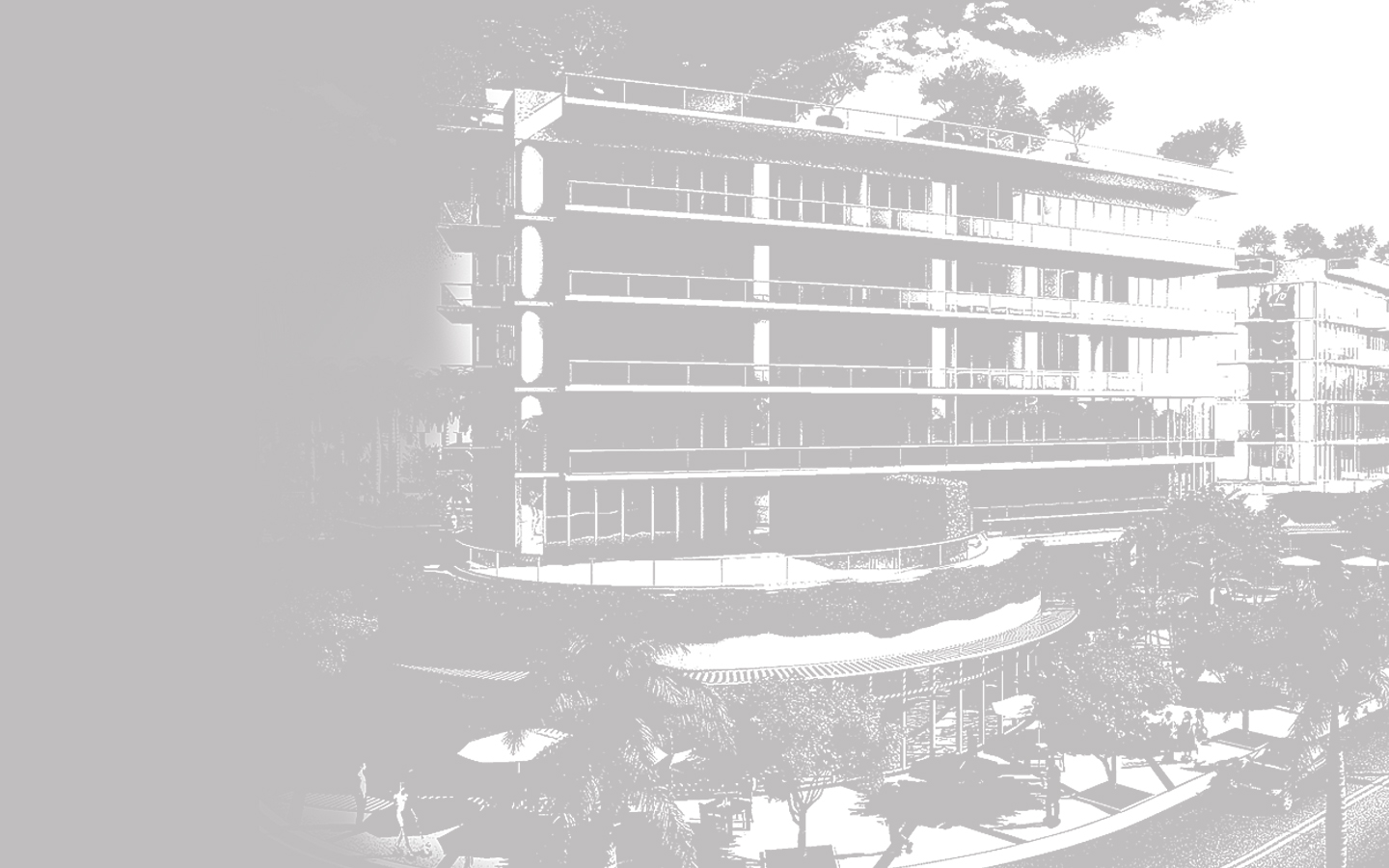RICCARDO DE MARCHI
SCULPTURAL PLEXIGLASS AND STAINLESS STEEL RECEPTION DESK
Riccardo De Marchi, born in 1964, lives and works between his ateliers in
Flaibano close to Trieste and Venice in the northeast of Italy and Parma in
central-northern Italy. He studied at the Academy of Fine Arts in Venice Italy till the mid 80s.
His art was soon noticed by critics and the international public of
contemporary art. Already in 1993 he was invited to participate at the XLV
International Biennale of Venice. Many important exhibitions followed in Italy
and all over the world: Scultura/Architettura/Citta, IX International Biennale of
Sculpture in Carrara in 1998, solo exhibition at the Kunstlerhaus Palais Thurnund Taxis in Bregenz, Austria in 1998, the acquisition of a big sculpture by the Japanese city of Fukuroi Shizuoka on the occasion of the world Cup 2002, the invitation to participate at the exhibition Arte Contemporanea Italiana of the Unicredit Art Collection at one of the most important museums
for contemporary art in Italy, the Mart in Rovereto, in 2005. The Peggy Gugenheim Collection in Venice invited him to exhibitions in 2009 and 2011 with the title Themes & Variations. He further exhibited in famous Italian museums like the Fortuny Museum in Venice in 2009 and 2011, or The Marco Museum of Contemporary Art in Rome in 2011.
De Marchi also participated in exhibitions in galleries and art shows in Italy, Germany, France, Hungary, USA, Canada, Uruguay and many other places all over the world. Well known art critics have been writing about Riccardo De Marchi’s art as well as philosophers like Maurizio Ferraris, who met Riccardo in New York City in 2006. Ferraris writes about his first meeting with Riccardo De Marchi: » It would be rather lengthy to recount all the impressions which he made upon me. But the main one was that of an obstinate dedication to the “impression”. I do not wish to suggest that De Marchi is an impressionist, the exact opposite; he does not paint the impressions that the world leaves on his own soul, he doesn’t paint what he feels, but, precisely the opposite, he traces some impressions (which are no more his than they are mine or yours, they are universal) on supports, whether metal, stone or plastic, with ever more refined research.»
De Marchi creates holes representing presence-absence which penetrate the material to enquire its meaning, traces left by the action of the artist where individual signs become letters of a universal language or alphabet. The surfaces of his “art works” for Riccardo De Marchi represent a kind of white page to be written on by penetrating the chosen materials like aluminium, stainless steel or plexiglas, creating a new universe of interrogation and dialogue. De Marchi’s art doesn’t want to establish final concepts, but generate a dialectic which involves the spectator as well as the environment where his art is located. A significant example of this dialectic is the creation of a stainless steel floor, traced by De Marchi’s hole writing, in the music room of 16th-century Palladio’s Villa Pisani. The floor mirrors all the frescos on the walls and ceiling as well as the people walking around the room.





